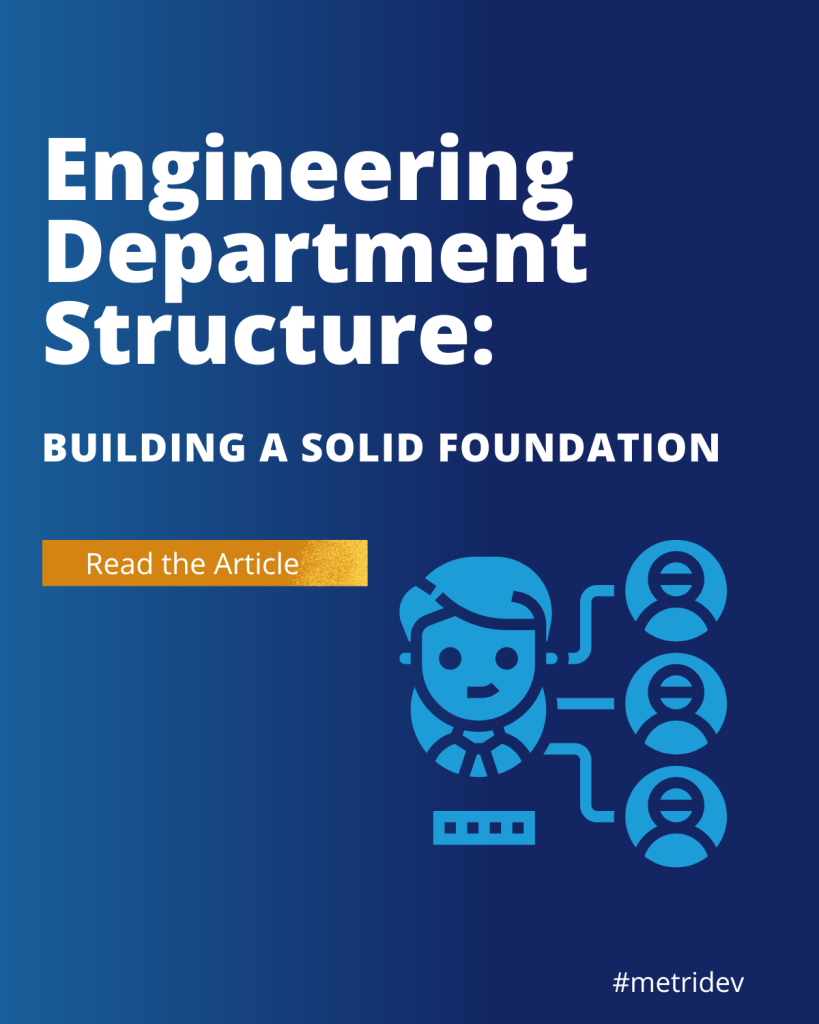Introduction
In today’s fast-paced business landscape, project management has become increasingly complex, with stakeholders demanding more agility, flexibility, and transparency. The traditional waterfall approach, while effective in certain scenarios, often falls short in addressing the ever-changing needs of modern projects. This is where the structured agile framework emerges as a game-changer, offering a comprehensive and scalable approach to project management.
What is the Structured Agile Methodology?
The structured agile methodology is a holistic approach to project management that combines the flexibility and responsiveness of agile practices with the structure and scalability of traditional project management frameworks. This hybrid approach allows organizations to adapt to changing requirements while maintaining a level of control and visibility throughout the project lifecycle.
What are the Three Agile Frameworks?
The three primary agile frameworks that form the foundation of the structured agile methodology are:
- Scrum: A widely-adopted agile framework that emphasizes iterative development, cross-functional teams, and continuous improvement.
- Kanban: A lean-inspired approach that focuses on visualizing the workflow, limiting work in progress, and maximizing efficiency.
- Extreme Programming (XP): A software development methodology that emphasizes practices such as pair programming, test-driven development, and continuous integration.
How to Transition to a Structured Agile Framework
Transitioning to a structured agile framework can be a significant undertaking, but with the right approach, organizations can successfully navigate the change. Key steps in this process include:
- Assessing the current project management landscape and identifying areas for improvement.
- Selecting the appropriate agile framework(s) that align with the organization’s goals and culture.
- Developing a comprehensive implementation plan that includes training, process changes, and stakeholder engagement.
- Gradually rolling out the structured agile framework, starting with a pilot project or team.
- Continuously reviewing and refining the implementation based on feedback and lessons learned.
The Benefits of Using a Structured Agile Framework in Project Management
The structured agile framework offers a range of benefits that can significantly improve project outcomes and organizational performance, with transitional guidance:
Firstly, increased flexibility and responsiveness are achieved by incorporating agile practices. These enable teams to quickly adapt to changing requirements and market conditions. Secondly, the framework provides improved visibility and transparency throughout the project lifecycle. It offers a clear and structured approach to project management. Additionally, enhanced collaboration and communication among team members and stakeholders are facilitated by the agile practices embedded in the framework. It promotes cross-functional collaboration. Moreover, the iterative nature of the structured agile framework enables organizations to deliver value to customers more quickly and efficiently, resulting in faster time-to-market. Lastly, the framework’s emphasis on continuous improvement and optimization helps teams streamline their processes and maximize productivity, ultimately increasing efficiency.

How Do You Structure an Agile Project?
Structuring an agile project within the context of a structured agile framework involves the following key steps:
- Define the Project Scope and Objectives: Clearly articulate the project’s goals, deliverables, and success criteria.
- Establish Cross-Functional Teams: Assemble teams with diverse skills and expertise to ensure effective collaboration and problem-solving.
- Implement Agile Ceremonies: Incorporate agile practices such as daily standups, sprint planning, and retrospectives to foster continuous improvement.
- Utilize Agile Artifacts: Leverage tools like product backlogs, user stories, and burndown charts to track progress and ensure transparency.
- Continuously Review and Adapt: Regularly review the project’s progress, identify areas for improvement, and make necessary adjustments to the framework.
Understanding the Key Principles of a Structured Agile Framework
The structured agile framework operates on several key principles, facilitating its implementation and success. Firstly, it employs Iterative and Incremental Development, enabling teams to deliver value in small, manageable increments. Secondly, prioritize Customer Collaboration, emphasizing close interaction with customers and stakeholders to ensure the final product aligns with their needs. Additionally, Continuous Improvement is encouraged, fostering a culture of ongoing learning and issue resolution. Moreover, promote Cross-Functional Teamwork, encouraging collaborative problem-solving across disciplines. Lastly, Transparency and Visibility are prioritized, ensuring all stakeholders have a clear understanding of the project’s progress and status.
The Different Components of a Structured Agile Framework
A structured agile framework typically consists of the following key components, with transitional guidance:
Firstly, agile practices are incorporated, including methodologies such as Scrum, Kanban, and XP. Secondly, project management processes are integrated, encompassing planning, monitoring, and control. Additionally, establish governance and oversight to ensure alignment with organizational goals and compliance with relevant standards. Moreover, utilize a range of tools and techniques, including project management software, collaboration platforms, and data analytics. Lastly, comprehensive training and enablement programs are provided to ensure that team members are equipped with the necessary skills and knowledge.
Implementing a Structured Agile Framework in Your Project Management Process
Implementing a structured agile framework in your project management process involves a systematic approach that includes the following steps:
- Assess Your Current Project Management Practices: Evaluate your existing project management processes, identifying strengths, weaknesses, and areas for improvement.
- Select the Appropriate Agile Frameworks: Choose the agile frameworks that best align with your organization’s needs and culture. For example, Scrum, Kanban, or a hybrid approach.
- Develop a Comprehensive Implementation Plan: Create a detailed plan that outlines the steps required to transition to the structured agile framework. Includes training, process changes, and stakeholder engagement.
- Pilot the Framework with a Small Team: Start with a pilot project or team to test the framework and gather feedback before scaling it across the organization.
- Continuously Monitor and Refine the Framework: Regularly review the implementation, address any challenges, and make necessary adjustments. These help to ensure the framework’s ongoing effectiveness.
Common Challenges and How to Overcome Them
While the structured agile framework offers numerous benefits, organizations may face several challenges during the adoption process, with transitional guidance:
Firstly, resistance to change can be addressed by effective communication, training, and change management strategies to alleviate concerns and misconceptions. Secondly, to overcome the lack of agile expertise, organizations can invest in comprehensive training and enablement programs. These help to build necessary skills and knowledge internally. Additionally, ensuring alignment with organizational culture involves ensuring that the structured agile framework aligns with the organization’s values, processes, and leadership style. Moreover, scaling the framework requires developing a scalable implementation plan gradually rolled out across the organization, with clear governance and support structures. Lastly, integrating with existing systems necessitates ensuring seamless integration between the structured agile framework and any existing project management tools or systems.
What is Full SAFe in Agile?
Full SAFe, or the Scaled Agile Framework, comprehensively designs to help organizations scale agile practices across the enterprise. It provides a structured approach to implementing agile at the portfolio, program, and team levels, enabling organizations to achieve greater alignment, visibility, and delivery of value.
The key elements of Full SAFe include:
- Portfolio Management: Aligning the organization’s strategy and investment decisions with the delivery of value.
- Program Management: Coordinating the work of multiple agile teams to deliver large, complex solutions.
- Team-level Agile: Implementing agile practices at the team level, such as Scrum or Kanban.
- Lean-Agile Leadership: Fostering a culture of continuous improvement and supporting the adoption of agile practices.
By adopting Full SAFe, organizations can achieve greater scalability, predictability, and alignment across their agile initiatives, ultimately driving better business outcomes.
Tools and Resources for Implementing a Structured Agile Framework
Numerous tools and resources are available to support the implementation of a structured agile framework. Some of the most widely-used options include:
- Project Management Software: Tools like Jira, Trello, and Microsoft Project that provide features for agile planning, task management, and reporting.
- Collaboration Platforms: Tools like Slack, Microsoft Teams, and Zoom that facilitate effective communication and collaboration among team members.
- Agile Coaching and Consulting Services: Experienced agile coaches and consulting firms that can provide guidance and support during the implementation process.
- Online Training and Certification Programs: Courses and certification programs, such as those offered by the Scaled Agile Framework (SAFe) and the Project Management Institute (PMI), that help build agile expertise.
- Industry Publications and Blogs: Resources like the Agile Manifesto, Scrum.org, and Kanban.University that provide valuable insights and best practices.
Conclusion
As the business landscape continues to evolve, the structured agile framework emerges as a powerful tool for organizations seeking to navigate the challenges of modern project management. By seamlessly blending the flexibility and responsiveness of agile practices with the structure and scalability of traditional frameworks, this hybrid approach offers a comprehensive solution that can drive greater efficiency, collaboration, and innovation.
As more organizations recognize the transformative potential of the structured agile framework, they are poised to adopt it as a critical component of the future of project management. By embracing this dynamic and adaptive approach, organizations can position themselves for long-term success, delivering exceptional value to their customers and stakeholders in an ever-changing business environment.
To learn more about how a structured agile framework can streamline your project management process, read our article Scaled Agile Core Values: Building Strong Foundations.









Leave a Reply